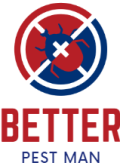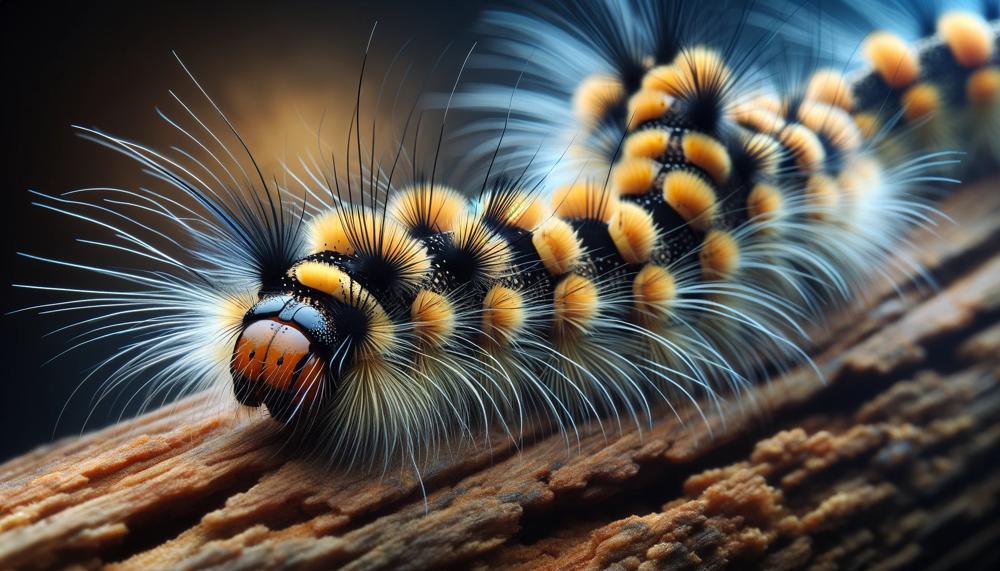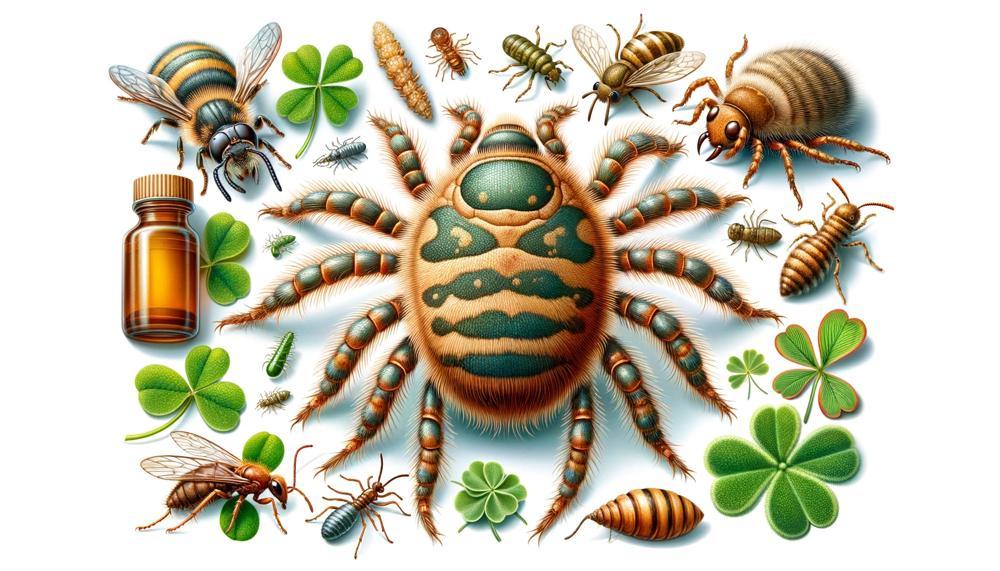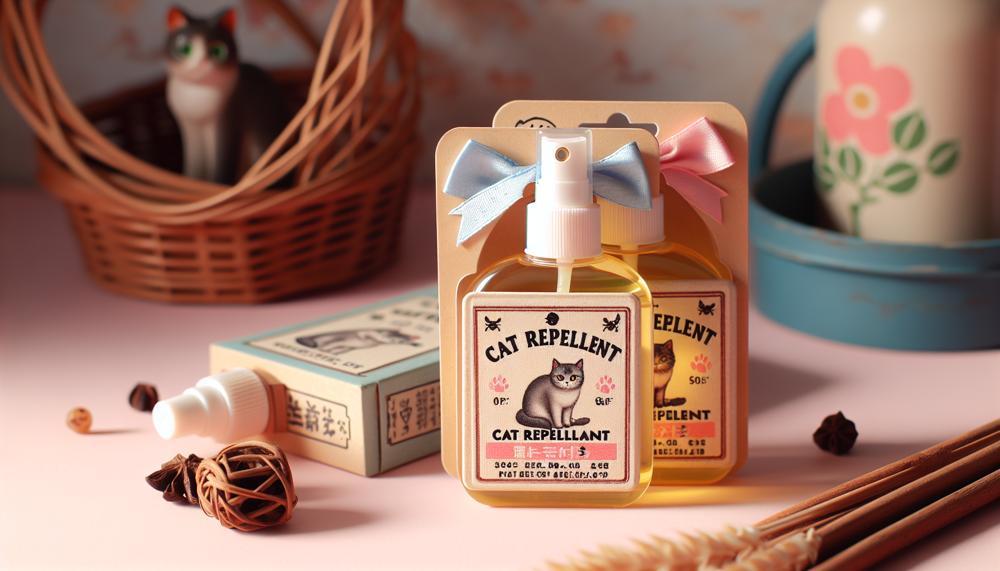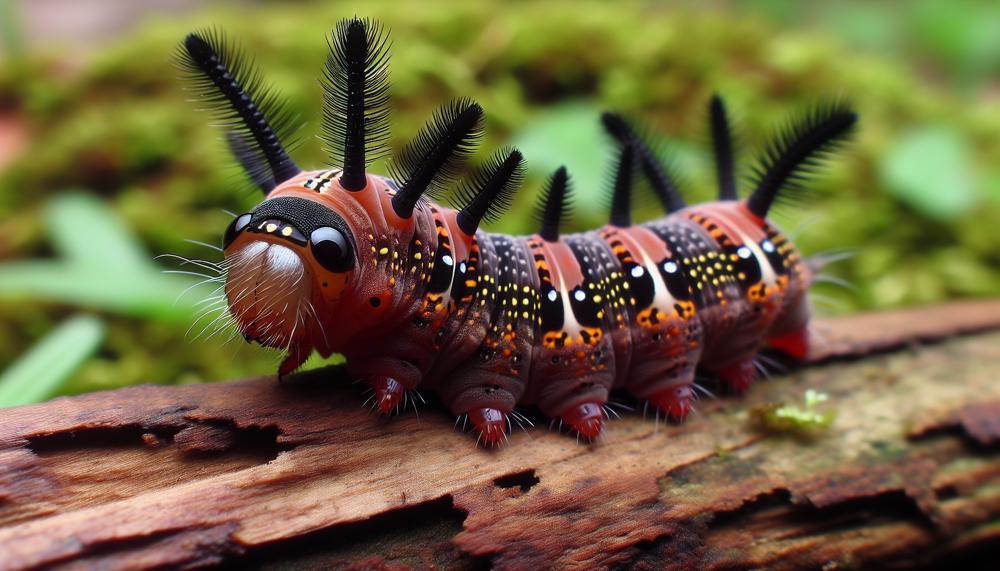In the realm of gardening and pest control, woolly bear caterpillars often emerge as unwelcome guests, leaving a trail of devastation in their wake. These furry creatures, adorned with their distinctive black and brown bands, have a voracious appetite for leaves, threatening the health and beauty of our beloved plants.
If you’re seeking an eco-friendly solution to combat these pesky invaders, this blog post is your ultimate guide.
Together, we’ll explore a treasure trove of natural methods to effectively banish woolly bear caterpillars from your garden, ensuring the well-being of your precious plants without harming the environment.
So, how do you get rid of woolly bear caterpillars naturally?
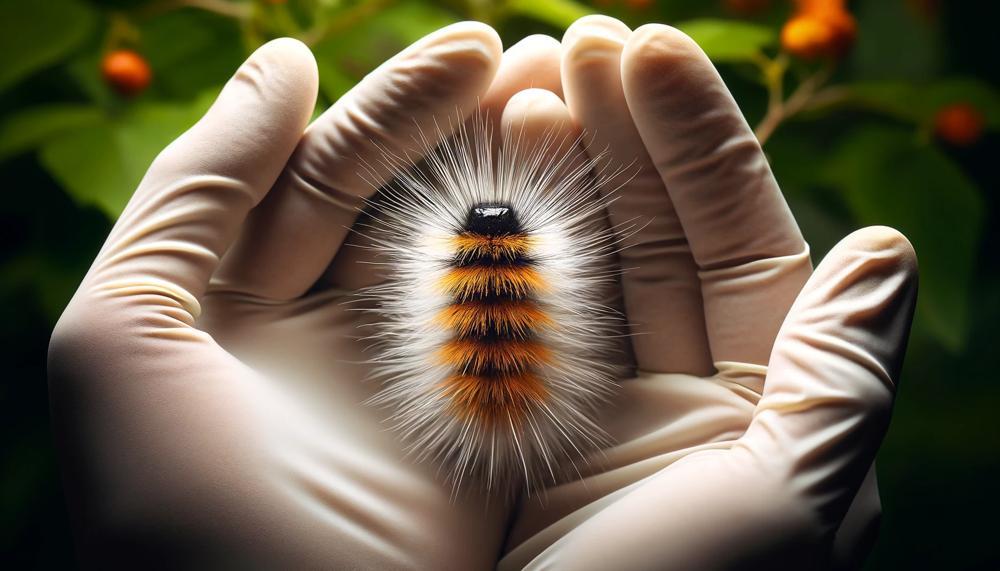
Woolly bear caterpillars, also known as woolly worms or woolly bears, are generally harmless to humans and plants. However, if you find them bothersome or they’re damaging your plants, here are some natural methods to get rid of them:
- Pepper and Garlic Spray: Create a home remedy using pepper and garlic powder, then add a little water. Spray this mixture directly onto the caterpillars. The liquid gets absorbed into their bodies and can kill them.
- Vinegar: Apply a little vinegar where you suspect caterpillars are located near your house.
- Diatomaceous Earth: Sprinkle diatomaceous earth around your plants. It’s a natural powder made from tiny fossilized aquatic organisms and is safe for humans and pets.
- Attract Birds: Birds are natural predators of caterpillars. Attracting birds to your garden can help control the caterpillar population.
- Burlap Trap: Wrap a burlap cloth around the tree trunk. Caterpillars will take shelter in the burlap during the day. You can then collect and relocate them.
- Herbs: Plant herbs that deter and repel caterpillars.
- Manual Removal: If the infestation is not large, you can remove the caterpillars manually.
Let’s cultivate a thriving haven for our plants and beneficial insects, while bidding farewell to these unwanted visitors.
Table of Contents [show]
Prevention: Natural Barriers and Habitat Modification
| Material | Benefits | Considerations |
|---|---|---|
| Diatomaceous Earth | – Sharp, abrasive particles deter caterpillars
|
– Can be harmful to beneficial insects
|
| Crushed Eggshells | – Sharp edges deter caterpillars
|
– May need to be reapplied after rain
|
| Wood Ash | – Alkaline properties deter caterpillars
|
– May need to be reapplied after rain
|
| Neem Oil | – Natural insecticide and repellent
|
– May need to be reapplied after rain
|
| Peppermint Oil | – Strong scent deters caterpillars
|
– May need to be reapplied after rain
|
Manual Removal: Handpicking and Relocation
| Aspect | Precautions |
|---|---|
| Identification | Confirm the species to ensure it’s a woolly bear caterpillar and not a poisonous lookalike. |
| Gloves | Wear thick gloves to protect hands from potential irritants on the caterpillar’s hairs. |
| Gentle Handling | Handle the caterpillar gently to avoid damaging it or causing it to release irritants. |
| Avoid Contact with Eyes | Keep hands away from the face, especially the eyes, to prevent potential irritation. |
| Release Location | Choose a safe release location away from human activity and potential predators. |
| Handwashing | Wash hands thoroughly with soap and water after handling the caterpillar. |
Diatomaceous Earth: A Natural Insecticide
| Application Method | Instructions |
|---|---|
| Dusting | Sprinkle diatomaceous earth directly onto woolly bear caterpillars and their nests. Ensure thorough coverage of all affected areas. |
| Spraying | Mix diatomaceous earth with water to create a spray solution. Apply the solution to affected plants and surrounding areas using a garden sprayer. |
| Injection | Inject diatomaceous earth into the soil near the base of affected plants. This method creates a barrier that prevents caterpillars from reaching the roots. |
For optimal results, apply diatomaceous earth in dry conditions and avoid disturbing the treated areas for at least 24 hours. Reapply as necessary, particularly after rainfall or heavy watering.
Neem Oil Spray: Effective Pest Control
Neem oil, extracted from the seeds of the neem tree (Azadirachta indica), has been used for centuries in traditional Indian agriculture for its remarkable pest control properties. Its effectiveness stems from a unique blend of compounds that work together to deter, repel, and control a wide range of pests, including aphids, whiteflies, spider mites, thrips, and beetles.
- Azadirachtin: This compound is the primary active ingredient in neem oil and is responsible for its growth-regulating effects on insects. It disrupts the insect’s hormonal balance, interfering with their growth and development, leading to reduced feeding and eventual death.
- Neembin: A bitter compound found in neem oil, neembin acts as a powerful repellent, deterring pests from feeding on treated plants. It also disrupts their communication and orientation abilities, making it difficult for them to locate and attack host plants.
- Salannin: This compound inhibits the feeding and egg-laying behaviour of pests. It interferes with their digestive system, reducing their ability to absorb nutrients and reproduce, leading to a decline in pest populations.
- Meliantriol: Meliantriol disrupts the insect’s moulting process, preventing them from shedding their old exoskeleton and developing into the next stage of their life cycle. This ultimately leads to their death or inability to reproduce.
Neem oil’s effectiveness as a pest control solution lies in its multi-faceted mode of action, targeting different aspects of the pest’s life cycle and behaviour.
Its repellent, antifeedant, and growth-regulating properties make it a potent and versatile tool for organic pest management.
Beneficial Insects: Encouraging Natural Predators
| Beneficial Insect | Role in Controlling Woolly Bear Caterpillars |
|---|---|
| Ladybugs | Ladybugs are voracious predators of aphids, which are a common food source for woolly bear caterpillars. By reducing the aphid population, ladybugs can indirectly help to control woolly bear caterpillar populations. |
| Lacewings | Lacewings are another type of beneficial insect that preys on aphids. Lacewings also lay their eggs near aphid colonies, and the larvae that hatch from these eggs will feed on the aphids. |
| Parasitic Wasps | Parasitic wasps lay their eggs inside woolly bear caterpillars. The wasp larvae then hatch and feed on the caterpillar, eventually killing it. |
| Tachinid Flies | Tachinid flies lay their eggs on woolly bear caterpillars. The fly larvae then burrow into the caterpillar and feed on its body fluids, eventually killing it. |
| Ground Beetles | Ground beetles are nocturnal predators that feed on a variety of insects, including woolly bear caterpillars. Ground beetles are particularly effective at controlling woolly bear caterpillar populations in gardens and other areas where the caterpillars are active at night. |
Maintaining a Clean Environment: Sanitation and Debris Management
| Debris Management | Prevention |
|---|---|
| Regularly clear fallen leaves, twigs, and other organic debris from your property. | Eliminates hiding spots and breeding grounds for woolly bear caterpillars. |
| Inspect firewood and other materials brought onto your property for the presence of woolly bear caterpillars or their eggs. | Prevents the introduction of woolly bear caterpillars to your property. |
| Keep your lawn mowed and free of weeds. | Reduces the availability of food sources for woolly bear caterpillars. |
| Remove any standing water from your property, such as birdbaths or clogged gutters. | Eliminates breeding grounds for mosquitoes, which are a natural predator of woolly bear caterpillars. |
Conclusion
When it comes to farming, woolly bear caterpillars often show up out of the blue and cause a lot of damage. This complete guide has looked at a huge number of natural options for fighting these furry enemies. Using natural repellents, letting helpful insects loose, and direct removal methods, as well as figuring out what these pests are and taking steps to keep them away, are all eco-friendly options that we’ve looked into.
We’ve carefully laid out ways to keep woolly bear caterpillars out of your yard, just like a skilled farmer takes care of their valuable plants. Using natural barriers like diatomaceous earth, crushed eggshells, and wood ash to protect your plants is the best way to keep them safe. Insects that feed on pests, such as ladybugs, lacewings, parasite wasps, tachinid flies, and ground beetles, become partners in this fight. They are crucial for controlling the number of caterpillars.
Physical removal, as a direct method of assistance, works well and is kind to animals. You can move these animals to a better place to live by being careful and using a soft touch. This will protect their health and that of your plants.
Remember that the best way to keep your yard free of woolly bear caterpillars is to take a broad view and care for our environment’s delicate balance. Using these natural methods, you can make your garden a better place for your plants, helpful animals, and the world as a whole. We can say goodbye to these unwanted guests and enjoy the beauty and peace of a yard in full bloom.
